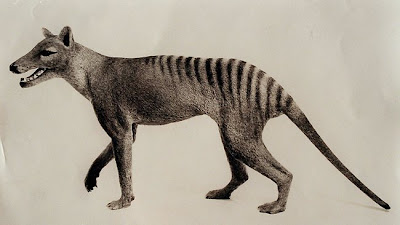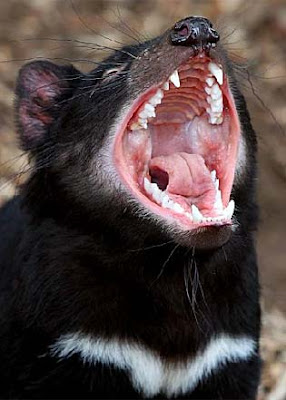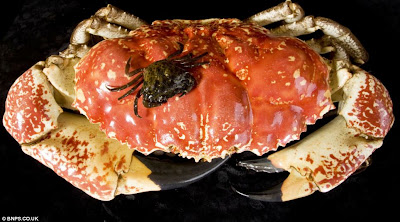Video footage of two separate sightings of a large feline at a property within 50km from Lismore will be sent to the Taronga Western Plains Zoo in Dubbo. Experts at the division of Taronga Zoo should be able to determine the nature of the animals on the recordings, according to the Northern Star newspaper.
Shaun Britz of Nimbin confirmed he received the video from a friend of his who preferred to remain anonymous. The recordings were done at the same property by the landowner with a video recorder.
The recording showed two different sightings, the second one "recorded three months after the first one, at the same property," Mr Britz. Both pieces of footage showed the animal moving around a property, at a distance of over 100m from the camera.
The videos were recorded months before Shaun Britz's sighting last week. He said he received the video last week after he saw a big feline while driving along Shipway Rd, near Nimbin Rocks.
"It is definitely the same type of animal that I saw. It is the same jet back colour," he said. He said that the big cat in the video, which he suspects could be a type of panther, runs as fast as the animal he saw nearby Nimbin.
Shaun Britz said there was anecdotal information on the Internet of similar sightings from Western Australia to Queensland. He added it would be good to have scientific information confirming their existence and where are they located, but they should not be exterminated.
"There has been no attack to humans, I see no reason why we should hunt them down. They seem to feed on wild animals and the odd livestock," he said.
Watch the footage here: Nimbin 'panther' sighting | Northern Star








